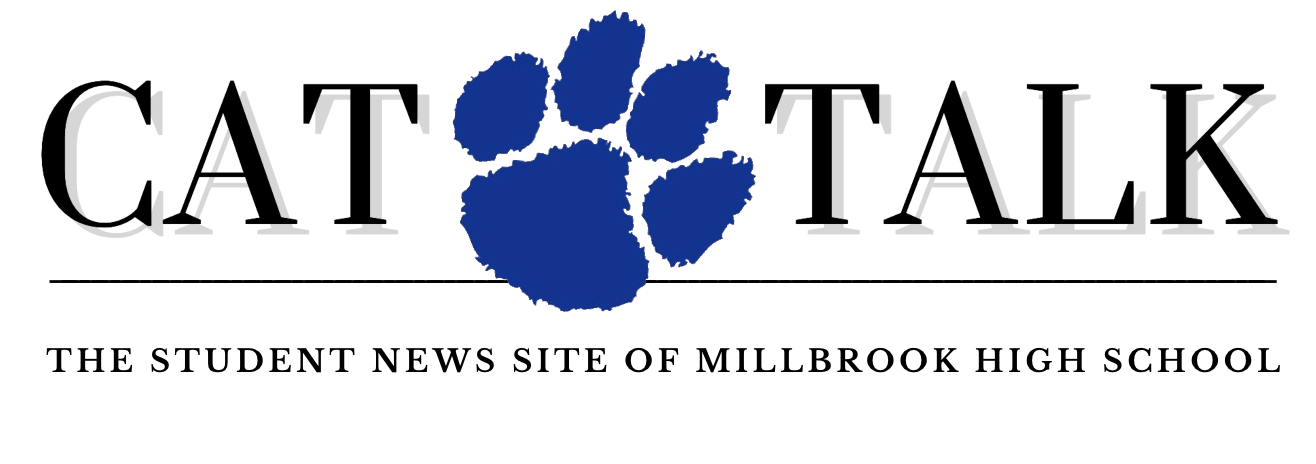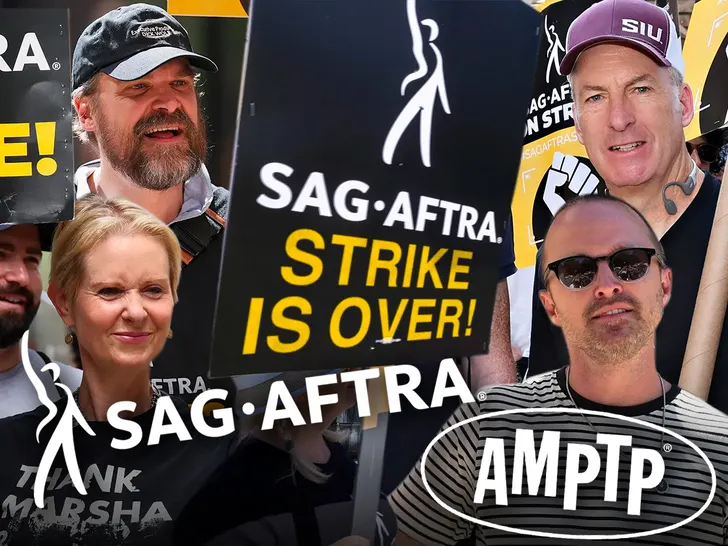Since July 15, more than 60,000 SAG-AFTRA members have been on strike against the association of motion picture producers, also known as the Alliance of Motion Picture and Television Producers (AMPTP). This strike was caused by a labor dispute, a dispute that most notably threatens actors’ livelihood through insufficient compensation for work that goes on streaming services and background actors’ likeness being used through AI generation without being paid.
Through AI generation, background actor’s faces can be scanned and kept in an accessible database that show runners could use at any time in other projects. This is justified by the fact that the actors worked for the producers, so they think they have the rights to their faces, but it’s really done completely without consent or compensation.
Back in the day, prior to streaming services, actors had a clear line to profit because of box office sales and whenever their content ran on television. These outlets are still open today, but as streaming becomes more popular, the lines are blurred more and money doesn’t come back to the actors.
These labor disputes aren’t the only things that caused actors to go on strike, but the threats that AI and streaming services posed, in recent years especially, was extremely high. The strike is in the past now though, SAG-AFTRA and the association of motion picture producers came to an agreement on November 9.
This agreement includes wage increases that differ between speaking roles and background actors, streaming residuals and bonuses, self-tape restrictions, and AI protections. All of these details within the new deal are very intriguing and satisfactory as actors come out of their three month long fight, but who was the driving force behind this movement and what were they fighting for?
On October 30, I spoke to Ariana Debose, an American actress who is known for her work on the big screen and the Broadway stage, and she told me her outlook on who she thinks the driving force to the movement is. She said, “I think the people are the driving force behind the labor movement in America. People want to do their jobs with dignity and make a liveable wage in relation to the ongoing changes of economic inflation and pay disparity. People (Americans / Citizens) are driven by a desire for equity in ALL its manifestations and are calling for the matching/necessary changes in the workplace. It’s ALSO important to remember that workers only take such an extreme measure as striking, when there is no other option.”
Debose views the people as the faces of the Labor Movement in America. The members of SAG-AFTRA want equity just like any other citizen in America despite what field or career they’re in. She also wanted to note that strikes only occur when there’s no other option.
So actors got their victory and are adjusting to the workforce opening back up, but what about the viewers?
Theater teacher at Millbrook High School, Danny Kotzian, was inquired about his viewing of movies and TV shows and if the strike has changed his perspective as a consumer at all. He said, “Personally, the SAG-AFTRA strike has not altered any viewing habits or how I approach viewing movies as of yet. The way movies are created and the different ways an audience can view them are certainly changing as we move forward into the future of the industry. I feel that there will be even more disagreements and compromises that will need to be made as technology and the production process continues to evolve.”
The SAG-AFTRA strike has ended after 118 days of actors being at the picket lines, striking against the association of motion picture producers. They have received numerous residuals and compensations that they were not receiving previously. Everything is currently looking up and positive for the future of cinema and television, but when will technology and money get in the way again and take over actors’ rights?









